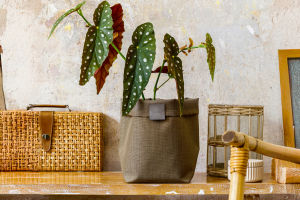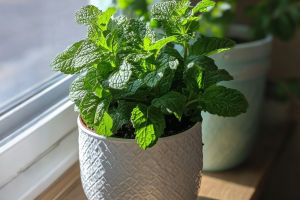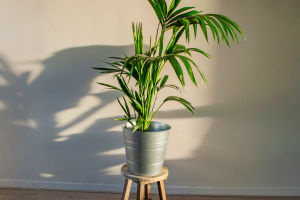Have you ever looked at your balcony and thought, "Could I really grow vegetables here?" The answer is yes—and it's probably easier than you think. Urban gardening isn't just a cute weekend hobby anymore.
It's become a real solution for people who want to eat fresher, live more sustainably, and reconnect with the food they eat—especially after the lockdowns taught us how vulnerable supply chains can be.
So if you're living in a city and only have a tiny outdoor space, don't count yourself out. With the right setup and expectations, your balcony could become your favorite "green corner" in the house—and your own veggie supplier.
1. Pick the Right Crops for Small Spaces
Not all vegetables are balcony-friendly. Focus on compact, fast-growing, or vertical crops that thrive in containers.
Good options include:
• Leafy greens like spinach, kale, and arugula
• Cherry tomatoes (they grow well in hanging baskets)
• Radishes and carrots (choose deeper containers)
• Climbing beans or peas (grow vertically with trellises)
• Herbs like basil, parsley, and chives
The key is to grow what you'll actually eat. There's no point growing eggplants if your kitchen never sees one.
2. Sunlight: The Deal Breaker
This is the most important factor—and often the one that stops people from succeeding.
Vegetables need at least 4–6 hours of direct sunlight a day to thrive. South- or west-facing balconies are ideal. If your balcony only gets 2–3 hours of sun, you'll still be able to grow some greens, mint, or parsley, but not fruiting vegetables like tomatoes or peppers.
Tip: Spend a few days observing where the light falls at different times. Some people even use a free light meter app to track their sun exposure before committing to plants.
3. Containers: Think Deep, Not Just Pretty
When it comes to pots, depth matters more than aesthetics. For example:
• Tomatoes need at least 12–14 inches of soil
• Carrots require deep containers (8–12 inches)
• Lettuce and herbs are fine with shallow pots (6–8 inches)
You can use plastic, terracotta, fabric grow bags, or even repurposed items like old buckets—just make sure there's drainage at the bottom. No plant likes soggy roots.
4. Soil and Fertilizer: Don't Cheap Out
This is where many beginners go wrong. Balcony gardening isn't just about planting seeds—it's about creating a soil ecosystem in a pot.
Use a high-quality potting mix (not garden soil!) that retains moisture but drains well. Look for mixes labeled "vegetable-grade" or those containing compost, coco coir, and perlite.
Since nutrients in pots get depleted fast, add organic fertilizer every 2–3 weeks. Liquid seaweed or worm tea sprays work wonders and are safe for edible plants.
5. Watering: A Little Discipline Goes a Long Way
Container plants dry out faster than those in the ground—especially on balconies exposed to wind or sun.
Rules to follow:
• Check moisture daily by sticking your finger an inch into the soil.
• Water deeply (until it drains out the bottom), not just a surface sprinkle.
• Morning is the best time to water—less evaporation, fewer fungal issues.
• During heatwaves, water may be needed twice a day.
If you travel often, invest in a drip irrigation kit or DIY it with plastic bottles.
6. Vertical Gardening: Multiply Your Space
Balcony gardening isn't limited to the floor. Walls and railings are underused real estate. Try:
• Hanging pots or baskets
• Vertical planters made of wood, metal, or fabric
• Pocket planters for herbs or small greens
• Rail planters for trailing veggies like strawberries or nasturtiums
Going vertical not only saves space but also adds privacy and a beautiful green view.
7. Common Challenges (And How to Outsmart Them)
Pests: Aphids, whiteflies, and caterpillars can show up, even 10 floors above ground. Use neem oil or insecticidal soap every 1–2 weeks preventively.
Wind: High-rise balconies can be very windy. Choose heavier containers and group plants to shield each other. You can also add a bamboo screen or mesh barrier to cut wind without blocking sun.
Overwhelm: Don't try to grow everything at once. Start with 3–4 types of vegetables and expand gradually.
So what's stopping you from turning your balcony into a mini-farm?
You don't need to be a gardening expert. You just need a bit of sun, a few pots, and a little weekly care. The satisfaction of picking fresh tomatoes or herbs just a few steps from your kitchen is something no grocery store can offer. And in a time, where sustainability and self-sufficiency matter more than ever, your balcony might be the most powerful space in your home.
Have you tried growing anything on your balcony yet? Or are you planning to start this season? Let me know what you're most excited to grow—I'd love to hear how your green space grows!


